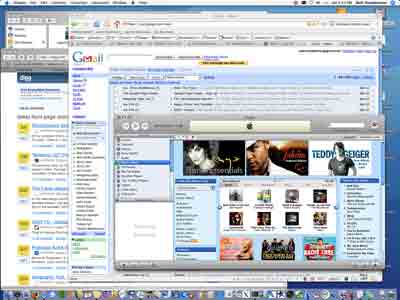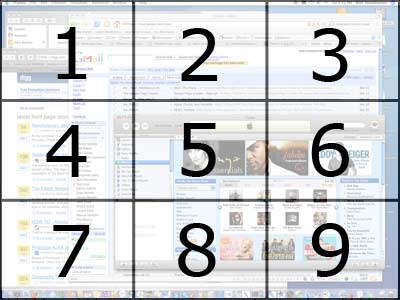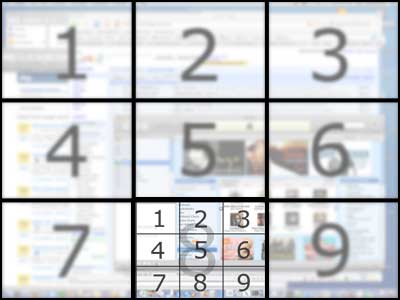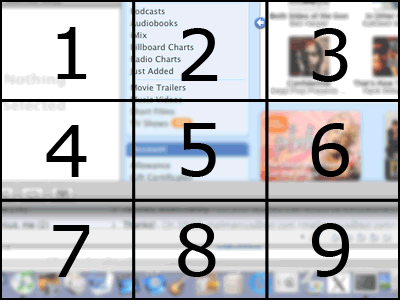We’ve all had it happen, someone else is driving the mouse and you’re trying sitting next to them trying to tell them what to click.

“Click Movie Trailers.”
“Where?”
“Right by your mous…you moved it. Go down. No dow…too much, go back up…stop, no up an inch.”
“I don’t see it, where?”
“In the blue box.”
“What are you talking about? The whole screen is blue.”
“Stop wiggling the mouse! You’re almost on i…no, stop, you’ve missed it again. :sigh:
Can I drive for a second?”“Fine!!!”
Sound familiar?
This all too common conversation is the source of much frustration. I’ve had it with my wife, my parents, and even with coworkers… people who use computers every day. So what’s wrong — why isn’t the obvious… well… obvious?
The problem is that the way we use mice is like the way we drive a car. We don’t think about using it, instead it magically seems to follow where our focus of attention is on the screen. So, when something isn’t apparent on the screen, we go searching for it and our attention wanders, and the mouse follows it — much to the annoyance of the person feeding instructions by relative offsets of where our attention was, not is.
What we need to solve this problem is a simple way of getting both parties focused on the same area using absolute terms. When the resolution of attention is focused tight enough, the desired object will easily leap off the page.
Here’s a technique I came up with while backseat driving my wife through a software application. I’ve successfully used it at work in complex development enviroments. I’ve even guided someone through an OS install and update from 10 feet away using it. You’d be surprised at how simple the technique is.
Simply agree to divide the screen into a 3×3 grid, assigning each cell a number 1-9, using the same scheme as a touch tone phone.

Just call out the cell number. e.g., “8”
If the person doesn’t click on the thing you told them to, then divide up that grid, mentally, the same way.

To which you call out a sub-cell. e.g., “2” (Thus, this is cell 8-2.)

I’ve never had to go deeper, as the originally sought item becomes apparent to the user.
So, back seat driving would sound like this “Click ‘Movie Trailers’, eight, two.” And in moments, the user has it.
